Jeremy Bikman is chairman of KATALUS Advisors of Alpine, UT.
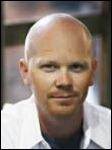
Tell me about yourself and the company.
It’s kind of an old tale. I was raised in Canada, born in the US. Got sick of the taxes, the cold, and the Medicare and socialized medicine and decided to come down to the States and go to school.
I got involved in the Internet back in the 90s and got into some startups, got into some bigger companies, and then got recruited in KLAS by Ralph Reyes, who was one of the original founders of KLAS. Just a fantastic guy. I’d been there seven years and then moved on to re-start KATALUS.
KATALUS is a company I started back in 2001. I shut it down after a couple of years to go to KLAS and then just re-started it about 13-14 months ago. You can think of KATALUS as a management consulting firm. We work mainly with executives of the different organizations, be it healthcare vendors, private equity firms, or even hospitals.
With the vendors, it’s really strategy that’s the main thing we think about. Maybe the vendor is entering a new market. It could be a company coming to the US. We have a Japanese client that’s trying to work in the US. Anyone who has been in healthcare for a long time knows everybody wants to try to work in the US, so we have these firms that are trying to work in the US and we help them every step of the way.
Some from the US are trying to go to Asia or trying to go to Europe. We work with them. Some are trying to turn around their businesses, some are trying to understand the profile of the customers. We work with them.
With private equity, it’s mainly helping them make the right the investments. Due diligence on M&A. Try to look at their portfolios.
For hospitals, that’s probably the easiest one. We’re the gophers for hospitals and executives. Not necessarily on technology that they’re going to implement right now, but things out in the future. Right now, it’s Meaningful Use, ICD-10, 5010, and other things like that they have to worry about. But there are things further out in the future. They say, “I know in a couple of years I’ll have to deal with that.” It could be cloud computing, it could be something else. We get them information.
That’s a broad set of activities. Are you planning to grow in to the size that will support all those, or will you focus on current opportunities and change as time goes on?
That’s a very good question. With any company that’s growing, you have to make sure you’re not drinking your own Kool-Aid and make sure you’re administering your medicine. You have to zero in and focus.
Our main focus is on the vendors. We don’t do a ton with hospitals, and when we do work with them, it’s pretty easy because we’re just the gopher for information.
Most vendors are trying to do the right thing. That’s one thing that I learned even back when I was at KLAS. There’s different levels of execution, but most are really trying to do as good a job as they possibly can.
More of our focus is around how well they understand their client base, especially the larger vendors. They have a really hard time understanding. They bought so many different companies, except for a couple like Epic that builds as opposed to buys. Maybe to understand that profile of their customer base. They’ve bought a lot of different companies, and some of those customers, some of those hospitals are having very rough experiences and some are having fantastic experiences. They need to understand how that is impacting their bottom line and how is it impacting their top line. That’s where a lot of our focus is right now.
On the other side, with the private equity firms and the vendors, there’s so much M&A activity. We’re getting a lot of requests to do due diligence on different markets, due diligence on different technologies and vendors that they’re looking at. If I had to look at the two biggest areas we’re working right now, it would be those two I just described.
What parts of the KLAS business model do you like or don’t like and how do you intend to be different at KATALUS?
We’re nowhere near the same. KLAS will rank vendors, put out reports. We don’t do any vendor rankings or put out research reports. That’s not really who we are. We take a side.
When I started with KLAS, they were really quite small. When they hired me, they weren’t even sure how long I was going to be there or how successful I could be because of how small they were. It really was Kent and Ralph and some other individuals there, like Adam.
There was such a great opportunity. There really wasn’t much competition. As we moved into new areas like PACS, medical equipment, and HIE, it really took off.
I left after being there seven years because there were so many times where I had vendors and hospitals specifically say, “OK, Jeremy, I know you can’t take a side, I know KLAS can’t take a side. But what can I do here? You know. You’ve seen everything about these vendors and you’ve talked to so many of their hospitals out there. You know what I should do.” And the answer had to be, “Well, we’re independent. Go look at the data.” You couldn’t take a side.
After being there seven years and growing the company 700% — I ran the research division, sales, and strategy there — it just got to a point where I wanted to expand and do more than what KLAS’ mission was. KLAS’ mission is good. They want to rank vendors and they try to keep them as honest as possible.
That’s the reason I left. There was more to do. Where KLAS stops, we pick up the baton, so to speak, and keep running.
KLAS can obviously improve their transparency. Any vendor in market research in general needs to be very, very transparent. It’s tough, especially when you’re ranking so many different vendors and products. So they certainly could improve in their transparency. I know that’s a goal of theirs to do. But they do have really good people and they really are trying to do the absolute best that they possibly can.
There is no perfect vendor. There is no perfect data. There are no perfect reports. There are always errors. There are always mistakes. There’s always human bias that makes it into different data points. I understand the vendor side now being a vendor, being a buyer of KLAS data, Gartner data, HIMSS Analytics, etc. You have to look at it and say, “All this data that’s coming through — I can’t just treat it as the Bible.”
I don’t think KLAS or any other market research firm intends their reports to be the Bible. But unfortunately, too many users of it say, “Oh, it says it in this report that this vendor is Number One or this one is Number Three. That’s it — that’s our ranking as well.”
What framework or instinct do you us to distinguish between a company that’s doing things well versus a company that isn’t?
It really goes back to the management team that they have. There is an old saying in the investment world that, “A fantastic management team can take any idea and make it go north, while a mediocre management team can take the best idea and go south.”
I’m sure you’re familiar with Novell. If you try to compare Novell to Microsoft, Novell’s technology in most cases is hands down quite a bit better than Microsoft’s. Why is Microsoft so dominant? The difference was a much more dynamic, stable management team than you saw at Novell.
The same thing with Epic. Epic’s technology is the same as Meditech’s, in reality. What’s the difference? Epic keeps promises. Their technology isn’t interoperable. There’s obviously big limitations if you want to do real hardcore data analytics within Epic’s framework. How do you get to the next phase? Is Epic built technologically to get to that next step where healthcare is going to get to in 10 years? True interoperability has to be the case.
Interoperability is not Epic’s strong point, but given how strong their management team is with Judy and Carl, I’d have to think that they’ll be able to get there, but we’ll see. They have a big row ahead of them, I think 10 years out, that healthcare is going to go back to being best-of-breed. Even 10 years it’s integrated, best-of-breed; integrated, best-of-breed. We’ll see what happens.
The one thing Epic has that may alter that cycle is they’re so expensive, so switching costs are high. It may be that people live with Epic longer than they would have lived with a Meditech that didn’t really cost so much. The two issues that are most interesting to me about Epic are that and their succession plan. Can the company do as well when Judy decides to go live on an island someplace?
That’s a great question. I don’t think there’s been an answer for it. When you have an organization where you don’t even know what people’s titles are from the outside, it’s really hard to know.
The good thing for them is that they’re private. They don’t have to answer to anyone except their own customers, although Epic has found a good way to dictate to their customers as well. It’s a fascinating model. I have one hospital executive that calls a company like Epic a benevolent dictatorship. They’re dictating to you and they hold on to you, but you’re also having pretty good results.
That’s a big case with what Epic’s doing in Europe, where they’re having to focus on the Netherlands. You have to have the IT savvy that’s necessary, but also a budget to be able to be able to afford an Epic.
That’s an interesting point that you raised — can people uncouple from it? I think eventually if it goes to true interoperability — which I have to think that healthcare’s going to go the way of every other industry out there where systems have to work together and have to work together well — no one vendor can do everything. If Epic doesn’t migrate to the trend that has evolved in healthcare, then I think there’ll be some innovative healthcare company or some other technology company will help you uncouple.
It could be dbMotion with what they’re doing, or a Microsoft Amalga replicating data, where they have now have all the data and you can start just plugging on top of it, almost like a desktop browser, different applications that are going to best suit that department, not just what makes the CIO happy or the board happy.
If your theory about the return of best-of-breed turns out to be true, can those vendors hang on until customers using Cerner and Epic and Meditech decide to come back? Will there be any vendors left for those customers to come back to?
What got me thinking about it, two years ago, I was talking to hospital. It was a big Siemens Invision site, academic, multiple facilities. I was asking the CIO, “What are you going to do?” She said, “Well, we’re not going to go to Soarian. We’re actually going to go to Epic. But Jeremy, I’ll tell you right now, if I could do what I want to do, it would be interoperable best-of-breed. I know what’s going to happen. I’ve seen it 30 years now, that everything is fully integrated, but it’s not necessarily the best thing for each clinician. It’s the best thing under the environment and under the parameters with which the government and other people are saying it should be, but that’s other people saying it. That’s not all of us hospitals saying, yeah, that’s the best thing. Jeremy, I’m going to go with Epic now, but in 10 years if I had to bet money, I won’t be Epic in 10 years. I may be Epic for my CDR or in med-surg, but I may be this vendor over here – Picis here, SIS there, and Thomson Reuters, and who knows what, and they’re working together.”
That’s what I see happening. This is an Epic hospital saying it. I came out of the high tech industry before I got in healthcare eight, nine years ago. I just can’t see healthcare constantly staying that much apart from everybody else with the technological trends.
But your point about is any vendor going to be around … I think so. I’ve been impressed with Flagler Hospital going with Allscripts. You’re going to get some independent hospitals. With real strong leadership, they’re going to say, “We could go this direction to go with fully integrated Cerner or fully integrated Epic. You know what? We like what Allscripts is doing. We like what McKesson is doing over here.”
The one good thing about having an Epic or an Apple in other industries, it forces everybody to say, “We just can’t act like we’ve done before.” I have to believe with innovation, like in other industries here, you’re going to have some vendors that are going to get crushed and they’re going to be absorbed and gone. There’s no doubt about it. There’s going to be others that are going to continue to innovate.
I like what NextGen is doing with buying Opus. It will be interesting to see whether Athena jumps in because Jonathan Bush has done some amazing stuff there – of course, he’ll be happy to tell you about it as well. That’s what I see happening.
Has Epic shaken those companies you mentioned out of the doldrums they were in that allowed the market to validate and choose Epic so predominantly, at least in the larger hospitals? Or will they need to be replaced with a new layer of entrants to do what they can’t?
Yes and yes. I think some of the ones that I’ve currently mentioned had to be shaken out.
I talked to a CTO of a hospital who came out of a different industry. He said it’s amazing how much stuff we put up with with the vendors. How many vendors treat us this way? In any other industry, if a vendor missed a go-live by 3-4 months and their system went in and didn’t talk to other systems, it would be gone. That vendor would never work with us again. It would be over with. Can you imagine Walmart putting up with this? Walmart is really more of an IT shop than a retail shop, and they wouldn’t.
I think Epic is shaking people out of the doldrums. Not technologically at all, but from a culture perspective of, “If we say we’re going to do something, we do it.” Of course it helps that Epic’s very good at self-selecting. They obviously have brilliant marketing and sales people on that self-selection. They understand that sometimes the best sales are the one you walk away from, or the one that you manipulate.
With Microsoft getting into it, I think it’s helping that Amalga is a different type of technology. With Microsoft’s girth in healthcare, they’ll spend millions of dollars before they actually turn a profit. They can sit and be patient and make a few things happen. Some other ones like NextGen, Athena .. I think Allscripts, too, is doing some really good things. Of course Cerner’s been very successful.
It is going to be a mix of those vendors that are in healthcare and some that may come out. It will be interesting to see if somebody else jumps in. I’m going to have to imagine somebody is going to.
You talked about the companies that have strong management as their best predictor of success. I always hear and like the phrase, “Bet on the jockey, not on the horse.” Do you think that’s true also of hospital IT departments, where it isn’t so much what they have to work with, but which CIO or other leaders are running the show?
Without a doubt. If you look at UPMC, everyone keeps wondering, when Epic is going to come inpatient? When you talk to the different executive leadership over there, they’re not. They like what’s happening. They have obviously a lot of money. They have very strong leadership in Dan Martich, Dan Drawbaugh, and others and they say it’s working: “Epic out here in the outpatient world, Cerner in the inpatient world. We’re getting the best of both worlds. We’re making it work with dbMotion.” They’re really pushing the needle on that.
You’ve seen it happen. When a hospital is struggling, they get new hospital leadership, including new CIO to come in. You look at the results two or three years later, they’ve turned things around. Their negative margins are now at least marginally margins on the positive side. They’re utilizing technology in a very great way. It comes from the leadership. It really does. There’s tons of examples.
It’s so trite, but it would be so easy to say, “If we just went with Epic, or if we just went with these systems, we’re going to solve our issues.” I don’t think even Judy would say, “If you implement this one, then that’s what’s going to solve everything.” I doubt Judy would say, “This hospital, it’s 600 beds, it’s in our sweet spot, but their CIO’s weak, they’re not really committed.” They’ll probably say, “Come back when you’re worthy.”
Any concluding thoughts?
It’s just consistently the question, and that The Innovator’s Dilemma, according to Christiansen — it’s going to hold true here. Epic is shaking out the big vendors, and my suggestion to them would be, “Watch out for the guys coming from below.”
If you look at other industries, Xerox got outflanked by Canon. Microsoft’s being outflanked in other industries by Google and other ones. Facebook’s coming up. The same thing’s going to happen to get Epic outflanked.
Epic’s on top of the world right now and so is Cerner. You have these other guys coming in, and I don’t even know who they are yet. They could be Athena — they’re still small, still outpatient. They could come out with the absolute world leader inpatient system and their customer service level is just through the roof and, slowly but surely, they start chipping away and it’s pure cloud-based and then maybe Mark Benioff with Salesforce buys them and decides, “Hey, we’re going whole hog into it.”
The main thing is people need to be consistently looking for innovation and technology. I hope some hospitals start taking risks a little bit, although they’re not paid to take risks.




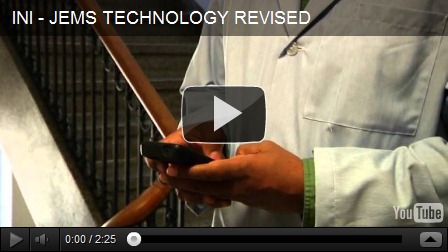





















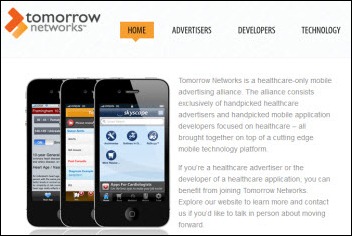
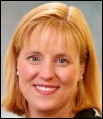




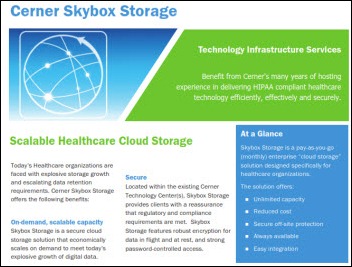









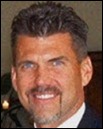
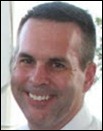





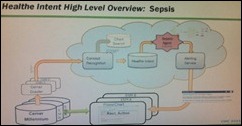
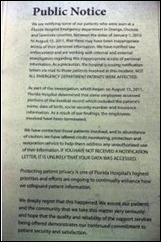

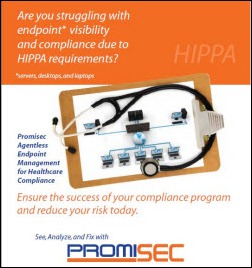
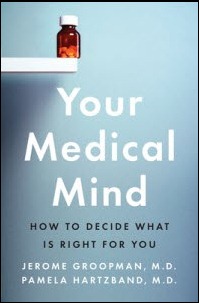




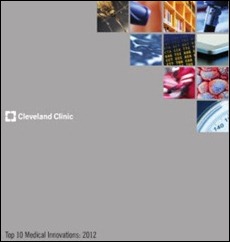

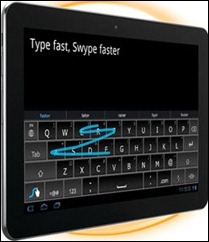










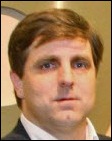


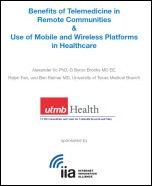


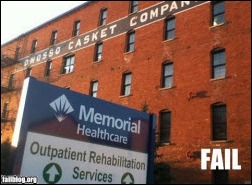



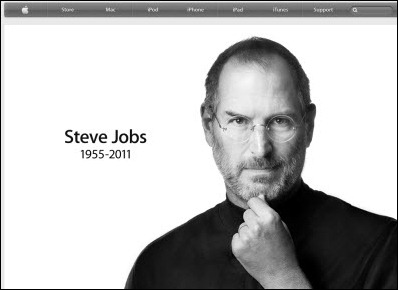
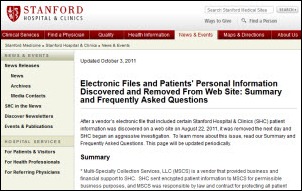









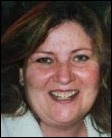








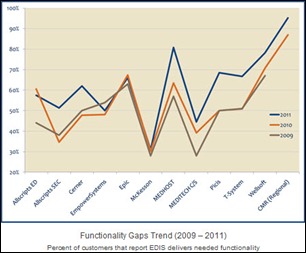

Traditionally Professional Courtesy is something that physicians gave each other - but we had to be careful with it when…